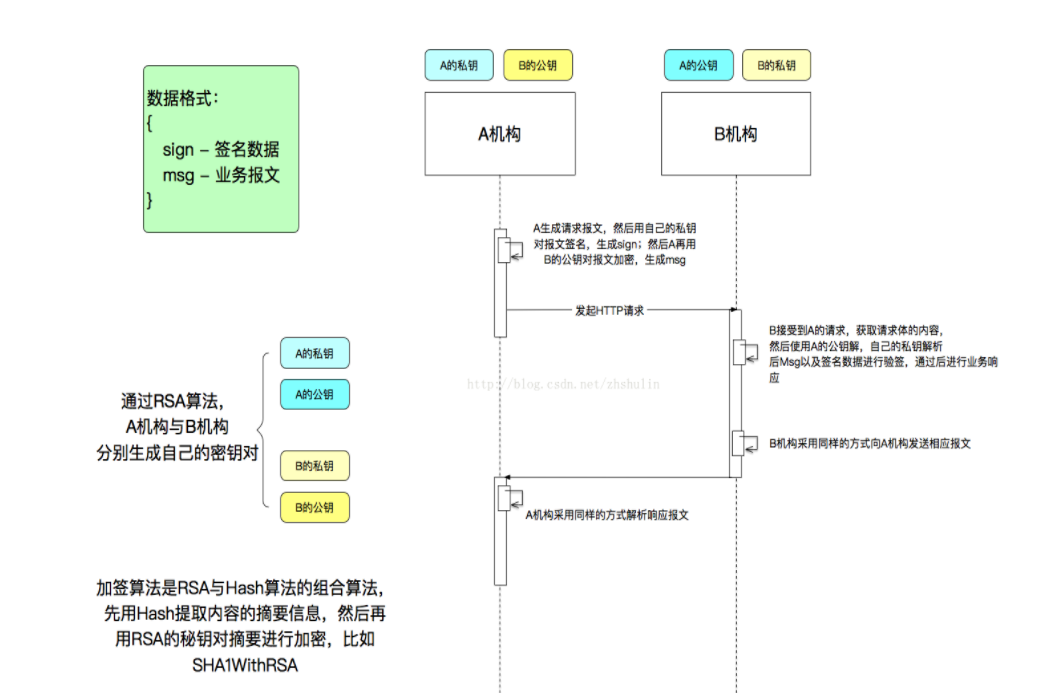This is the main code
%%%%%%%%%%%% Valori pentru Rcsc
%%%%Pozitiile si vitezele pe cele 3 axe
y0(1,1)= 743322.3616 ;
y0(2,1)= -6346021.219 ;
y0(3,1)= -3394131.349 ;
y0(4,1)= 5142.38067;
y0(5,1)= 4487.44895 ;
y0(6,1)= -7264.00872;
%%%% Timpul
tspan=[0 :864];
%%%% Masa(kg) si aria suprafetei satelitului (m^2)
m = 217 ; %320;
A = 1.2; %8;
%%%% Metoda Runge-Kutta de ordin 4
h=1;
y = zeros(6, tspan(end)/h);
y(:,1) = y0;
for i=1:(tspan(end)/h)
H=sqrt(y(1,i)^2+y(2,i)^2+y(3,i)^2);
k_1 = proiectia(tspan(i), y(:,i), H, m, A, y(4:6, i));
k1=double(k_1);
k_2 = proiectia(tspan(i)+0.5*h, y(:,i)+0.5*h*k_1, H, m, A, y(4:6, i));
k2=double(k_2);
k_3 = proiectia((tspan(i)+0.5*h), (y(:,i)+0.5*h*k_2), H, m, A, y(4:6, i));
k3=double(k_3);
k_4 = proiectia((tspan(i)+h),(y(:,i)+k_3*h), H, m, A, y(4:6, i));
k4=double(k_4);
y(:,i+1) = double(y(:,i) + (1/6)*(k1+2*k2+2*k3+k4)*h);
end
%%% Distanta satelitului
Rcsc = ((y(1,:).^2 + y(2,:).^2 + y(3,:).^2).^0.5);
n=50;
%plot(tspan,Rcsc)
%% Textured 3D Earth example
%
% Ryan Gray
% 8 Sep 2004
% Revised 9 March 2006, 31 Jan 2006, 16 Oct 2013
%% Options
space_color = 'k';
npanels = 180; % Number of globe panels around the equator deg/panel = 360/npanels
alpha = 1; % globe transparency level, 1 = opaque, through 0 = invisible
GMST0 = []; % Don't set up rotatable globe (ECEF)
%GMST0 = 4.89496121282306; % Set up a rotatable globe at J2000.0
% Earth texture image
% Anything imread() will handle, but needs to be a 2:1 unprojected globe
% image.
image_file = 'https://upload.wikimedia.org/wikipedia/commons/thumb/c/cd/Land_ocean_ice_2048.jpg/1024px-Land_ocean_ice_2048.jpg';
% Mean spherical earth
erad = 6371008.7714; % equatorial radius (meters)
prad = 6371008.7714; % polar radius (meters)
erot = 7.2921158553e-5; % earth rotation rate (radians/sec)
%% Create figure
figure('Color', space_color);
hold on;
orbit=animatedline;
addpoints(orbit,y(1,:),y(2,:),y(3,:));
drawnow
% Turn off the normal axes
set(gca, 'NextPlot','add', 'Visible','off');
axis equal;
axis auto;
% Set initial view
view(0,30);
axis vis3d;
%% Create wireframe globe
% Create a 3D meshgrid of the sphere points using the ellipsoid function
[x, y, z] = ellipsoid(0, 0, 0, erad, erad, prad, npanels);
globe = surf(x, y, -z, 'FaceColor', 'none', 'EdgeColor', 0.5*[1 1 1]);
%% Texturemap the globe
% Load Earth image for texture map
cdata = imread(image_file);
% Set image as color data (cdata) property, and set face color to indicate
% a texturemap, which Matlab expects to be in cdata. Turn off the mesh edges.
set(globe, 'FaceColor', 'texturemap', 'CData', cdata, 'FaceAlpha', alpha, 'EdgeColor', 'none');
What I wanna do is that when I run the script a figure with the Earth should appear, and while the positions are being caluclated by the runge kutta algorithm it should upload the orbit in real time. But now the figure appears only after the Rk algorithm is being calculated till the end of tspan and the orbit from the figure is already uploaded without intermediate points. What should I do? I've seen on github that others use animatedline and drawnow. I was thinking about
orbit=animatedline;
addpoints(orbit,y(1,:),y(2,:),y(3,:));
drawnow
end
But where should I put this line exactly? if I put it in the rk loop it doesn't work and if I put it
% Create figure
figure('Color', space_color);
%%
orbit=animatedline;
addpoints(orbit,y(1,:),y(2,:),y(3,:));
drawnow
it first displays a figure with the orbit but not by intermediate points and then a different figure with the Earth ,while the orbit and the Earth should be in the same figure.





